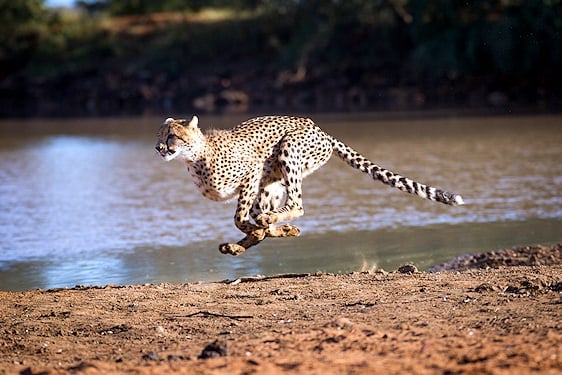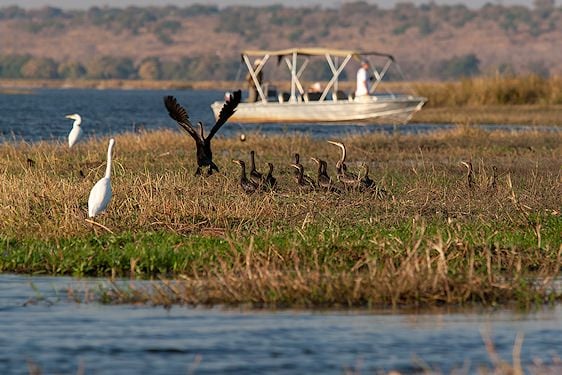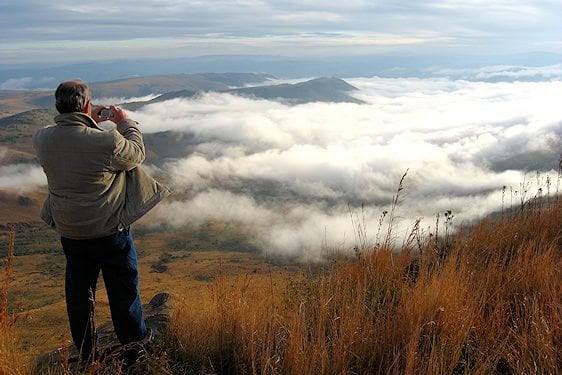- Home
- >
- African Travel
- >
- South Africa
- >
- National Parks
- >
- Kruger National Park
- >
- Mammals
- >
- Giraffe
Description
The giraffe is the world’s tallest land mammal. A neck can reach about 2 m, with overall height typically 4.6–6.1 m. Distinct tan coats with large brown patches aid identification across distance. In Kruger National Park, giraffe are frequently seen browsing treetops and gathering near water, offering reliable sightings on guided game drives.

Giraffe occur widely in protected areas across Africa. Current conservation usage recognizes four species, with Southern giraffe prevalent in Southern Africa. In this region, the South African giraffe (G. g. giraffa) and Angolan giraffe (G. g. angolensis) are most relevant, with consistent viewing in Kruger National Park and adjoining reserves.

Status
Giraffe conservation status varies by species and region. The IUCN now recognizes four distinct giraffe species, with several lineages assessed as Endangered or Critically Endangered and others more stable. Southern populations are generally stable or increasing, while some northern populations remain highly threatened.

Habitat
Height enables giraffe to browse tender new leaves at treetop level. Typical habitats combine trees and reliable water. Like elephant and other large herbivore, they require substantial water and contribute to resource partitioning: as kudu and other browsers feed lower, giraffe browse higher foliage, supporting greater biodiversity within woodland systems and edges where okapi is the closest living relative.

Social Organization
Giraffe form loose herds that often include mothers with calves; all-female, all-male, and mixed groups occur. Some males spend periods alone, though bachelor groups are common. Related females may associate, and herds use overlapping home ranges rather than fixed territories. Groups frequently congregate at water sources where calves engage in play-fighting.
Finest Safari Areas in Africa for Encountering Giraffe
We recommend the following national parks and private reserves for the best chances of spotting giraffe on safari game drives and bush walks.

Social Behavior
Giraffe vocalize infrequently and rely on body language. Touching, licking, and posture changes communicate intent. They are not territorial and do not scent-mark like many mammal, though olfaction remains important in courtship. Dominance and warnings include “necking,” where two giraffe, usually males, swing necks in a distinctive contest.

Reproduction
When a bull identifies a cow in heat, he follows and defends access until mating. Courtship includes foreleg-lifting displays, licking, and rubbing. The pair may test urine before mounting. Gestation averages about 14–14½ months, with roughly 16 months to recover and raise a calf before cycling resumes. Females mature by about four years; males compete effectively from around seven.

Anti-Predator Behavior
Lion are the primary natural threat, mostly to calves. Mothers defend with powerful kicks from legs about 2 m long, capable of seriously injuring a predator. Adults rely on speed, height, and vigilance to avoid attack, using kicks as a last resort when escape is not possible.












